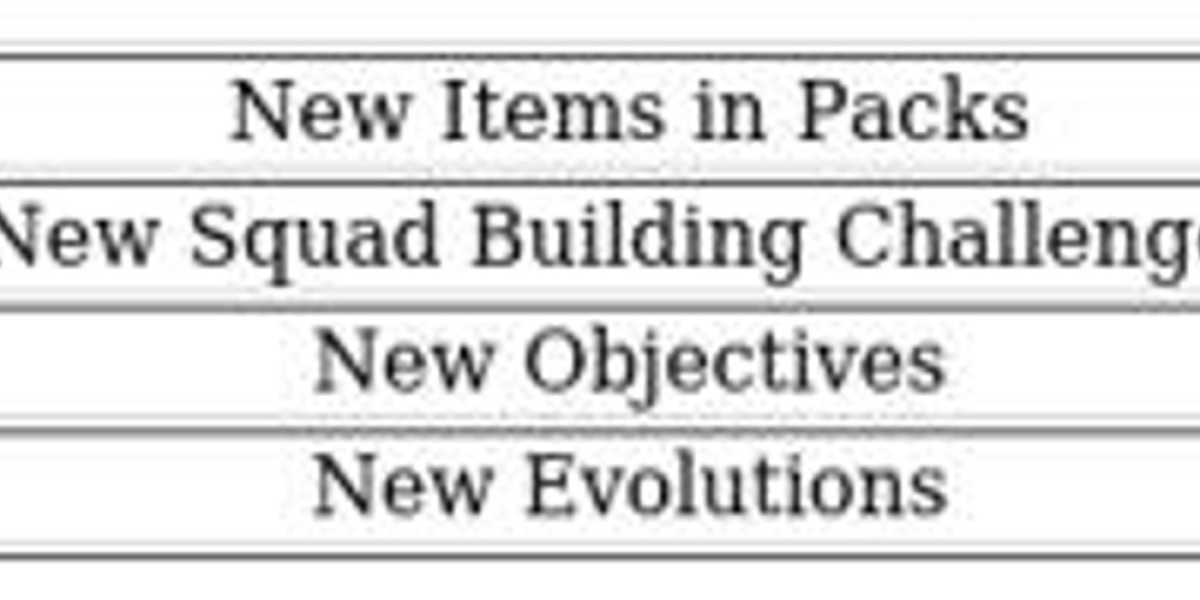When building your gym—especially in the UK context—understanding the longevity of your gym flooring is just as important as choosing the right material for performance. High-impact workouts, weight drops, and daily foot traffic demand durable surfaces that stand the test of time. In this guide, you'll discover the best materials for long-lasting gym flooring, backed by evidence and professional insight.
Why Durability Should Be Your #1 Gym Flooring Priority
Gym flooring faces more abuse than most household surfaces. Lifting, high-impact plyometrics, and dropped weights can quickly degrade inferior materials. A durable floor protects:
Your joints and bodies via consistent shock absorption
Your subfloor from damage
Your investment—high-quality flooring lasts longer, reducing replacement costs
Experts agree: rubber flooring consistently outperforms other options in longevity, bounce-back, and maintenance.
1. Rubber Flooring – The Gold Standard of Durability
Whether in tiles, rolls, or modular mats, rubber offers unmatched resilience for high-impact environments. It’s:
Shock-absorbent
Slip-resistant
Noise-reducing
Low-maintenance
Rubber flooring excels in high-impact zones like weightlifting or CrossFit areas, thanks to excellent compression resistance and sound dampening.
2. Thickness Matters: More Is Better for Heavy Use
The longevity of any flooring depends greatly on its thickness:
20 mm+ rubber tiles withstand repetitive heavy lifting and weight drops
11 mm–15 mm is acceptable for functional training and commercial use
Under 10 mm is better suited for cardio or stretching—not weight zones
Always match thickness to your workout intensity to ensure longevity and safety.
3. Responsive, Shock-Absorbing Surfaces for Mobility and Cardio
For flexibility training or cardio-heavy zones, the sorting isn’t universal:
Hybrid rubber-foam tiles offer a softer feel than pure rubber, but may compress faster
EVA foam mats are affordable and cushioned but lack long-term resilience for heavy equipment
Vinyl or PVC offers various aesthetics but doesn't provide sufficient shock absorption for intense training
The most durable option: high-density rubber, even if it’s a bit firmer underfoot.
4. Sprung Rubber Tiles: Built for Thousands of Reps
Sprung rubber tiles feature built-in padding that recovers shape even after thousands of high-impact repetitions. Their design stands out in heavy-duty gym facilities and reduces long-term wear.
5. Turf + Rubber for Dynamic Gym Zones
In functional or sport-specific zones:
A mix of rubber-backed turf gives athletes grip and protection
Designed to endure sled pushes, agility drills, and other dynamic movements commonly found in HIIT setups
When paired with a solid base and regular care, turf over rubber lasts impressively well.
6. Environmental & Maintenance Considerations
Durability isn’t just about wear—it’s also about cleaning and sustainability:
Recycled rubber reduces environmental impact and maintains performance
Low-VOC rubber protects indoor air quality
Simple cleaning (sweeping and mild soap) preserves material integrity
These factors together define long-term performance over years of use.
7. Avoid Pitfalls That Reduce Flooring Lifespan
Even high-quality materials can fail quickly if misused. Avoid:
Using foam under heavy racks or dropping weights directly on thin mats
Skipping subfloor prep—uneven layers lead to premature wear
Harsh cleaners like bleach, which degrade rubber’s surface
Furniture or equipment dragged across tiles, which can tear soft edges
A smart floor setup extends the lifespan of top-tier materials.
Summary Table: Gym Flooring Durability at a Glance
| Material / Feature | Longevity Rating | Best For |
|---|---|---|
| Thick Rubber Tiles (≥20 mm) | Excellent | Weightlifting, CrossFit, power zones |
| Medium Rubber (11–15 mm) | Very Good | Multi-use, functional training |
| Sprung Rubber Tiles | Excellent | High-impact, performance gyms |
| Hybrid Foam-Rubber | Moderate | Mixed-use & mobility zones |
| EVA Foam (≤12 mm) | Low | Lightweight training and stretching |
| Turf on Rubber | Good | Dynamic functional zones |
Expert Advice
Always match flooring thickness to the type of training you do
Prioritize high-density rubber for long wear—hybrids are a compromise
Plan for stain- and dirt-repellant rubber variants in high-volume zones
Rotate mats and clean them frequently to extend life
Quick FAQs
Q1: Which flooring material lasts the longest in high-impact zones?
A: Thick rubber flooring (20 mm+) and sprung rubber tiles offer the greatest longevity and performance.
Q2: Is vinyl or foam gym flooring durable enough for weight lifting?
A: No—vinyl lacks impact resilience, and foam compresses quickly under heavy loads.
Q3: How thick should gym flooring be for plyometric or functional zones?
A: 11–15 mm of dense rubber provides good shock absorption and durability in impact-heavy areas.
Q4: Does recycled rubber last as long as virgin rubber?
A: Yes—high-quality recycled rubber often performs equally well and offers eco advantages.
Q5: What's the best cleaning routine to maintain durability?
A: Regular sweeping, mop cleaning with mild detergent, and quick debris removal ensure the surface stays resilient and long-lasting.
Final Takeaway
When it comes to durable gym flooring, rubber is king—especially thick or sprung varieties designed for impact. If you want a floor that works as hard as you do, investing in heavy-duty rubber is your path to long-term performance, safety, and peace of mind. Rubberfitfloors is providing high quality Gym flooring at best price with cash on delivery all accross uk .






